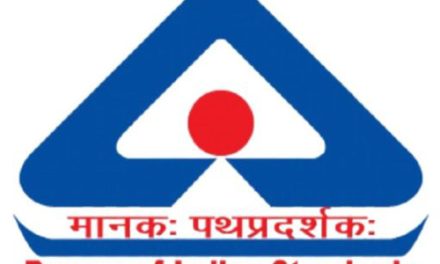 In a move set to bolster its textile industry, Textiles Minister Giriraj Singh has indicated that a new, technologically advanced variety of Bt cotton is likely to be approved for commercial cultivation soon.
In a move set to bolster its textile industry, Textiles Minister Giriraj Singh has indicated that a new, technologically advanced variety of Bt cotton is likely to be approved for commercial cultivation soon.
The new cotton variety, known as HT (Herbicide Tolerant) Bt or BG III, is currently undergoing trials. “Upon completion of assessments by ICAR (Indian Council of Agriculture Research) and necessary approval is obtained, then its commercial cultivation can be permitted,” Singh told.
This advanced cotton strain is expected to reduce production costs for farmers and potentially increase the area under cotton cultivation, directly benefiting the textile industry. India’s journey with genetically modified cotton began in 2002 with the approval of Bollgard Bt Cotton (BG1), followed by the two-gene Bt cotton (Bollgard II) in 2006.
While these varieties initially helped manage bollworms and reduce insecticide usage, the emergence of resistant pink bollworms has posed challenges to cotton production in recent years. Despite these setbacks, cotton production has seen a significant increase from 226.3 lakh bales in 2006-07 to 343.5 lakh bales in 2022-23, with projections of 320.50 lakh bales for 2023-24.
The textile industry’s growth prospects are promising, with the current market size of USD 168 billion expected to reach USD 350 billion by 2030, growing at a CAGR of 10 per cent. India currently ranks as the world’s third-largest exporter of textiles and apparel, with exports anticipated to hit USD 100 billion.
Addressing labor concerns, Singh highlighted an innovative approach: “10.2 crore members of Self-Help Groups all over the country can be a good source of cheap labor, and we are trying to make full use of that.” This strategy aims to overcome labor shortages while providing employment opportunities to SHG members.
Several states, including Madhya Pradesh, Uttar Pradesh, Bihar, and Odisha, are implementing measures such as labor and power subsidies to promote the textile industry. Bihar has adopted a “plug and play” model to attract investments.
Singh also emphasised the need for adopting a ‘hub and spoke’ model to enhance domestic manufacturing, encouraging industry collaboration, and establishing Indian brands. The Ministry plans to revive the Scheme for Integrated Textile Parks (SITP) to create internationally standardised parks.
Notably, Singh dismissed concerns about competition from Bangladesh, stating, “My challenge is not Bangladesh. I would like to take ahead of China in time to come.” He pointed out that Bangladesh’s increasing water and raw material costs could work in India’s favour.
















